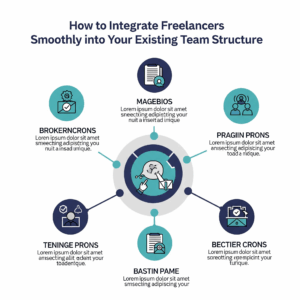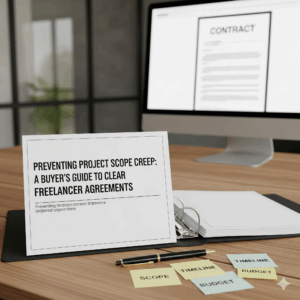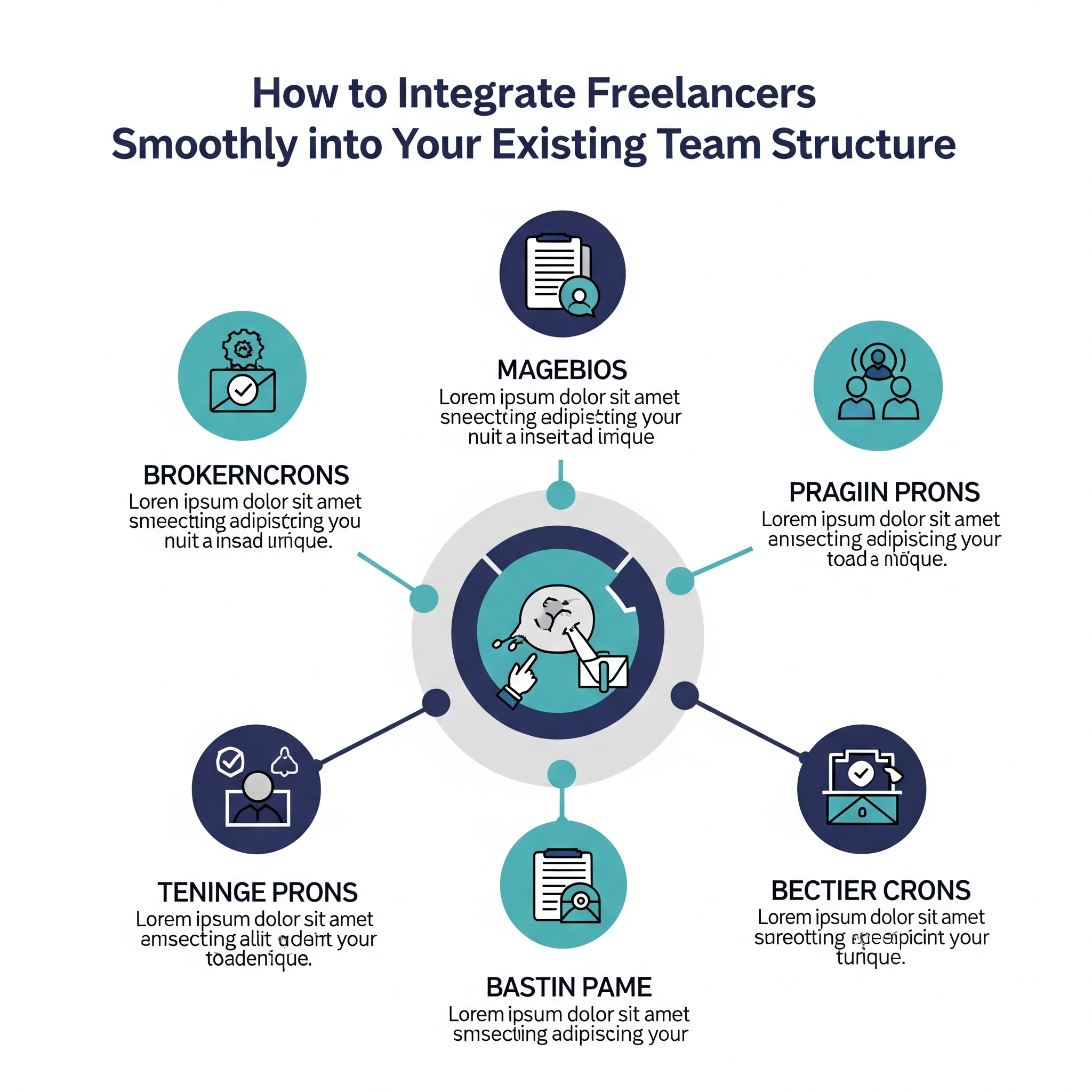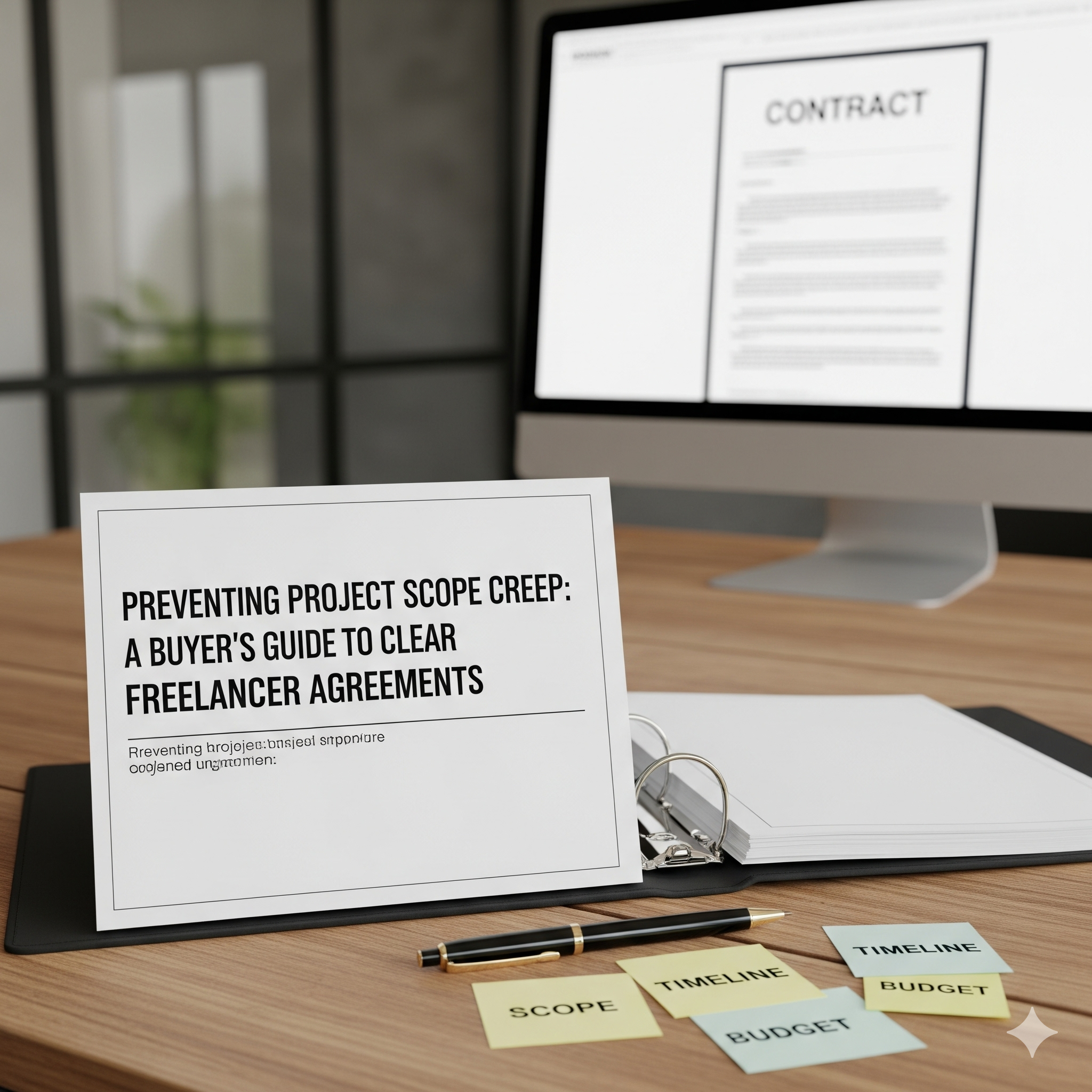Successfully clarifying project requirements is critical for the success of any project. Whether you’re a freelancer, project manager, or a business owner, defining and understanding what the project entails helps ensure smooth execution and client satisfaction. Without a clear understanding, you risk miscommunications, scope creep, or even project failure.
In this guide, we’ll explore effective steps to clarify project requirements and avoid common pitfalls that can derail your project.

1. Start with a Clear Discussion
The first step in clarifying project requirements is to initiate a detailed conversation with the client or team. A kickoff meeting provides the opportunity to set expectations from the start, ask questions, and align everyone on the same page.
In these initial discussions, you should cover the following:
- Project objectives
- Key stakeholders
- Timelines and deadlines
- Desired outcomes and deliverables
This is where you need to dig deep and ask the right questions. Here’s a helpful quote to keep in mind:
“It’s not what the client says, it’s what the client means.” – Project Management Insight
Ensure that all communication is documented and accessible. Misunderstandings often arise from miscommunication, so written records help solidify agreements.
For more tips on managing freelance projects, check out this detailed guide on What is Freelancing?.
2. Define Deliverables
Deliverables are the tangible or intangible goods or services produced as a result of the project. Clearly identifying deliverables is essential to prevent misunderstandings down the road. Once deliverables are set, both you and your client have a shared understanding of what to expect.
When defining deliverables, make sure to ask these questions:
- What exactly needs to be delivered?
- How will success be measured?
- Are there any key milestones or phases?
For example, if the project involves creating a website, break down each component—homepage design, content creation, SEO optimization, etc. This helps avoid confusion and sets expectations early on.
3. Clarify the Scope of Work
Clearly defining the project scope is crucial to avoid scope creep, which occurs when additional work is added to a project after it begins without proper adjustments in timeline or cost.
Scope creep can easily cause delays, budget overruns, and frustration for both parties. To prevent this, create a detailed scope of work document, outlining:
- In-scope activities
- Out-of-scope activities
- Project phases
“The clearer the scope, the lesser the stress.”
If changes are requested mid-project, make sure they are formally documented and that both parties agree to adjustments in terms of timeline, budget, or resources.
For more on project management and freelance platforms, check out What is Efrelance.com and How Does It Work?.e.

4. Establish a Clear Timeline
Timelines are essential for maintaining momentum and accountability. A well-planned timeline helps ensure that the project stays on track, and any potential delays can be managed proactively.
Be sure to define:
- Start and end dates
- Key milestones
- Dependencies between tasks
- Client feedback windows
Once you have these timelines outlined, share them with your client for approval. This gives both parties a clear view of the project’s lifecycle and helps manage expectations around deadlines.
5. Understand the Budget
The budget can sometimes be a point of contention in projects. It’s crucial to clarify the budget in the beginning and align it with the project’s scope. If the project has a tight budget, ensure that the scope is realistic and there is no room for unnecessary surprises.
In addition to the overall budget, break down costs:
- Labor costs (e.g., hourly rates for freelancers)
- Material costs (if applicable)
- Additional expenses like tools, software, or outsourcing
Pro Tip: Always discuss payment milestones ahead of time. For instance, break payments into phases based on milestones, such as “30% after design phase completion.”
If you’re a freelancer looking to enhance your ability to track project financials, consider reading this comprehensive article on Essential Tips for Starting a Successful Freelancing Career.
6. Set Communication Guidelines
Establishing effective communication protocols ensures transparency and collaboration throughout the project. Define:
- How often will meetings or updates happen?
- What communication channels will be used (e.g., email, Slack, project management tools)?
- Who are the main points of contact?
Good communication leads to faster problem-solving and fewer misunderstandings. Make sure all communication is clear, concise, and regular.

7. Document Everything
Every decision, clarification, or change in the project should be documented. This ensures that you have a reliable reference point if discrepancies arise. Use tools like Google Docs, Trello, or a project management platform to keep track of:
- Initial project requirements
- Meeting notes
- Changes in scope
- Timeline adjustments
- Feedback loops
“If it’s not written down, it didn’t happen.” – efrelance
Conclusion
Clarifying project requirements is vital to ensure both client and freelancer or team are aligned. By defining objectives, deliverables, scope, timeline, budget, and communication, you can dramatically reduce confusion and increase the likelihood of project success.
Remember: communication is key! When in doubt, ask questions and seek clarification to prevent misunderstandings later.
By following these steps, you’ll not only deliver better projects but also build stronger relationships with your clients and team members.
For additional guidance on freelancing and managing projects, explore Efrelance’s freelancing guide.









